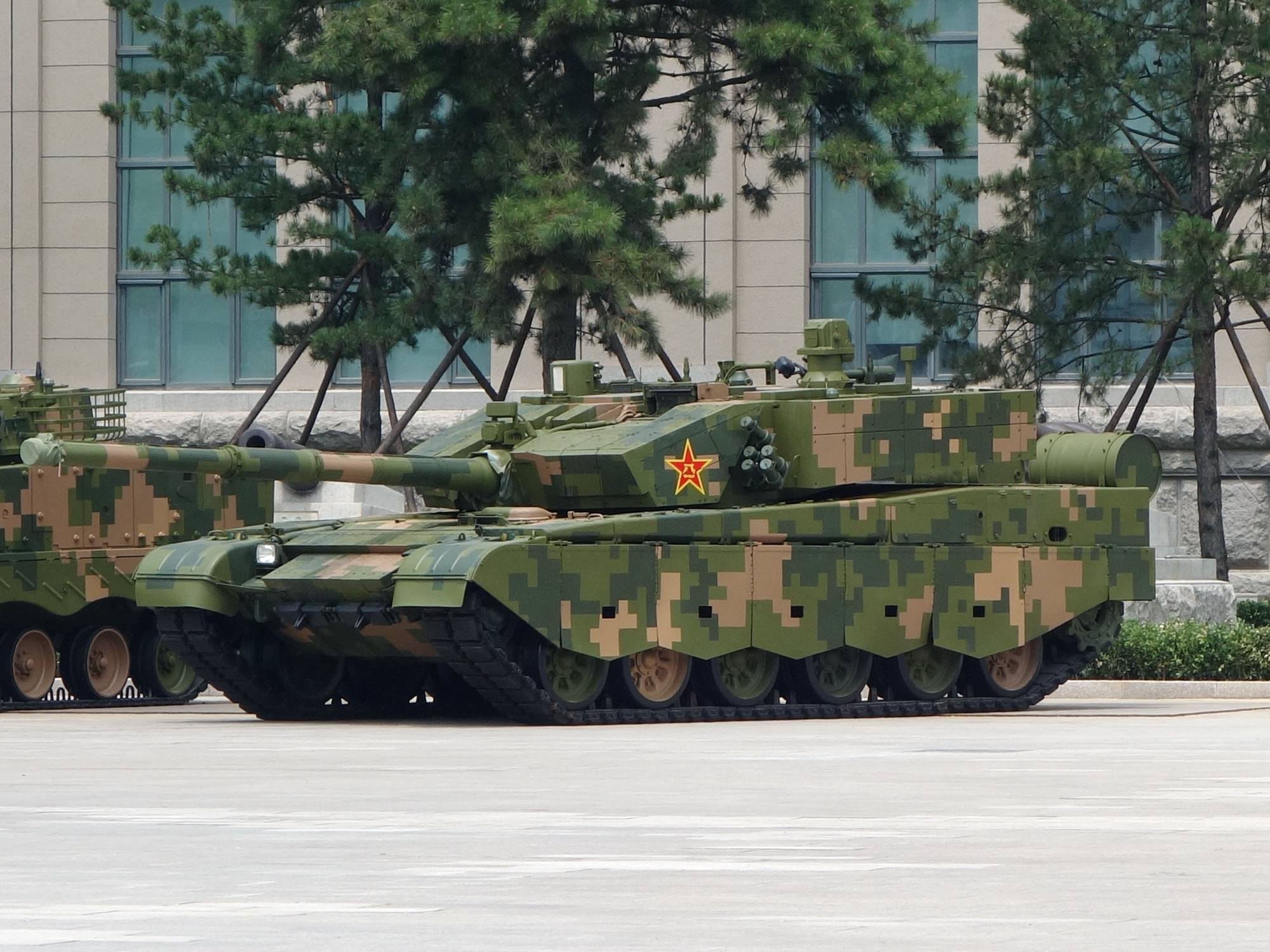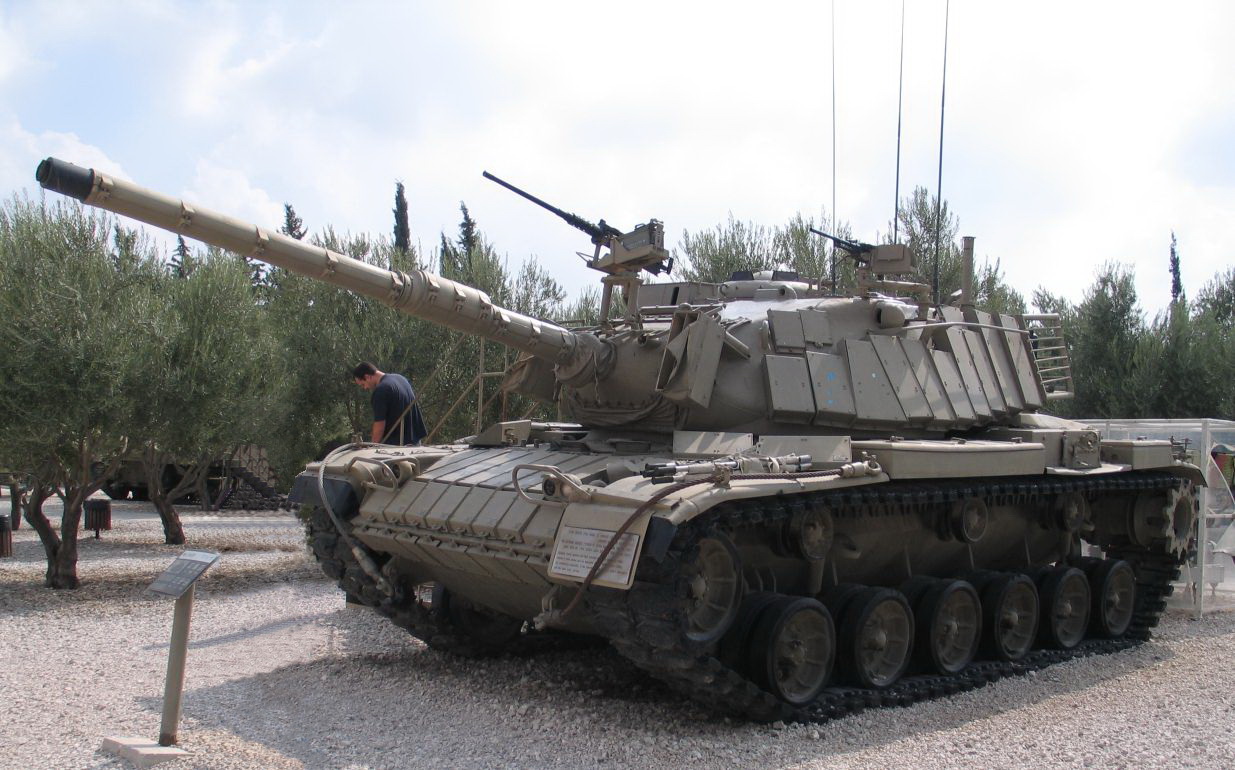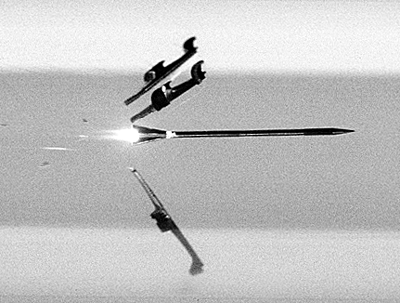|
Type 99 Tank
The Type 99 () or ZTZ-99 is a Chinese third generation main battle tank (MBT).US Army TRADOC Intelligence Support Activity (2011:5-40) The vehicle was a replacement for the aging Type 88 introduced in the late 1980s. The Type 99 MBT was China's first mass-produced third-generation main battle tank. Combining modular composite armour and tandem-charge defeating ERA, 125 mm smoothbore gun with ATGM-capability, high mobility, digital systems and optics, the Type 99 represents a shift towards rapid modernization by the PLA. The tank entered People's Liberation Army (PLA) service in 2001. The People's Liberation Army Ground Force (PLAGF) is the sole operator of the Type 99. Three main versions of the Type 99 have been deployed, the Type 98 prototype, Type 99 and the Type 99A. The Type 99 forms the core of China’s modern maneuver combat capabilities, with over 1,200 tanks built for the past two decades. Development The development of China's domestic third generation MBT was ... [...More Info...] [...Related Items...] OR: [Wikipedia] [Google] [Baidu] |
Explosive Reactive Armour
Reactive armour is a type of vehicle armour that reacts in some way to the impact of a weapon to reduce the damage done to the vehicle being protected. It is most effective in protecting against shaped charges and specially hardened kinetic energy penetrators. The most common type is ''explosive reactive armour'' (ERA), but variants include ''self-limiting explosive reactive armour'' (SLERA), ''non-energetic reactive armour'' (NERA), ''non-explosive reactive armour'' (NxRA), and electric armour. NERA and NxRA modules can withstand multiple hits, unlike ERA and SLERA. A second hit in exactly the same location may potentially penetrate any of those, as the armour in that spot is compromised. Reactive armour is intended to counteract anti-tank munitions that work by piercing the armour and then either kill the crew inside, disable vital mechanical systems, or create spalling that disables the crew — or all three. Reactive armour can be defeated with multiple hits in the same pla ... [...More Info...] [...Related Items...] OR: [Wikipedia] [Google] [Baidu] |
High Explosive Anti-tank
High-explosive anti-tank (HEAT) is the effect of a shaped charge explosive that uses the Munroe effect to penetrate heavy armor. The warhead functions by having an explosive charge collapse a metal liner inside the warhead into a high-velocity explosively formed penetrator (EFP) jet; this is capable of penetrating armor steel to a depth of seven or more times the diameter of the charge (charge diameters, CD). The EFPs jet effect is purely kinetic in nature; the round has no explosive or incendiary effect on the target. Because they rely on the kinetic energy of the EFP jet for their penetration performance, HEAT warheads do not have to be delivered with high velocity, as an armor piercing shell, armor-piercing round does. Thus they generate less recoil. The performance of HEAT weapons has nothing to do with heat, thermal effects, with HEAT being simply an acronym. History HEAT warheads were developed during World War II, from extensive research and development into shaped ... [...More Info...] [...Related Items...] OR: [Wikipedia] [Google] [Baidu] |
Armour-piercing Fin-stabilized Discarding-sabot
Armour-piercing fin-stabilized discarding sabot (APFSDS), long dart penetrator, or simply dart ammunition, is a type of kinetic energy penetrator ammunition used to attack modern vehicle armour. As an armament for main battle tanks, it succeeds Armour-Piercing Discarding Sabot (APDS) ammunition, which is still used in small or medium caliber weapon systems. Improvements in powerful automotive propulsion and suspension systems following World War II allowed modern main battle tanks to incorporate progressively thicker and heavier armour protection systems, while maintaining considerable maneuverability and speed on the battlefield. As a result, achieving deep armour penetration with gun-fired ammunition required even longer anti-armour projectiles fired at even higher muzzle velocity than could be achieved with stubbier APDS projectiles. History Armour-piercing discarding sabot (APDS) was initially the main design of the kinetic energy (KE) penetrator. The logical progression ... [...More Info...] [...Related Items...] OR: [Wikipedia] [Google] [Baidu] |
Autoloader
An autoloader or auto-loader is a mechanical aid or replacement for the personnel that load ordnance into crew-served weapons without being an integrated part of the gun itself. The term is generally only applied to larger weapons, such as naval weapons, tanks, and artillery; that would otherwise have a dedicated person or persons loading them. An autoloader extracts a shell and propellant charge from the ammunition storage rack/compartment and loads it into a magazine or belt, if the gun has one, or directly into the chamber of the gun if it does not. It often replaces a human loader. Automation can streamline and speed the loading process, resulting in a more effective design. With a smaller crew, the vehicle can also be made smaller inside. This reduces the amount of surface area that needs to be armored, meaning the vehicle, especially the turret, can be smaller and lighter. With a lower profile, the tank is harder both to spot and to hit. History Autoloaders were d ... [...More Info...] [...Related Items...] OR: [Wikipedia] [Google] [Baidu] |
Smoothbore
A smoothbore weapon is one that has a barrel without rifling. Smoothbores range from handheld firearms to powerful tank guns and large artillery mortars. History Early firearms had smoothly bored barrels that fired projectiles without significant spin. To minimize inaccuracy-inducing tumbling during flight, their projectiles required an aerodynamically uniform shape, such as a sphere. However, surface imperfections on the projectile and/or the barrel will cause even a sphere to rotate randomly during flight, and the Magnus effect will curve it off the intended trajectory when spinning on any axis not parallel to the direction of travel. Rifling the bore surface with spiral grooves or polygonal valleys imparts a stabilizing gyroscopic spin to a projectile that prevents tumbling in flight. Not only does this more than counter Magnus-induced drift, but it allows a longer, more streamlined round with greater sectional density to be fired from the same caliber barrel, improvin ... [...More Info...] [...Related Items...] OR: [Wikipedia] [Google] [Baidu] |
PLAGF
The People's Liberation Army Ground Force (PLAGF; ) is the land-based service branch of the People's Liberation Army and the largest and oldest branch of the entire Chinese armed forces. The PLAGF can trace its lineage from 1927 as the Chinese Red Army; however, it was not officially established until 1948. History In February 1949, the existing large number of armies and divisions were regularised into up to seventy armies of three divisions each. While some, such as the 1st Army, survived for over fifty years, a number were quickly amalgamated and disestablished in the early 1950s. It appears that twenty per cent or even more of the seventy new armies were disestablished up to 1953; in 1952 alone, the 3rd, 4th, 10th, 17th, 18th, and 19th Armies were disbanded. The PLA ground forces consist of conventionally armed main and regional units, which in 1987 made up over 70 percent of the PLA. It provided a good conventional defense, but in 1987 had only limited offensiv ... [...More Info...] [...Related Items...] OR: [Wikipedia] [Google] [Baidu] |
Shenyang Military Region
The Shenyang Military Region was one of seven military regions for the Chinese People's Liberation Army. It has command and control of military and armed police forces in the three northeast provinces of Jilin, Heilongjiang, and Liaoning, which also form Military Districts. This region is now superseded by the Northern Theater Command. The Shenyang Military Region was left with unchanged boundaries since the late 1960s. It is bordered internally by the Beijing Military Region to the west. Externally, it is bordered by North Korea to the south east and the Russian Far East to the north. Prior to the Cultural Revolution, military region commanders tended to remain in post for long periods. As the PLA took a stronger role in politics, this began to be seen as something of a threat to party (or, at least, civilian) control of the military. Two commanders served for long periods in the Shenyang MR, Chen Xilian, from 1959–73, and Li Desheng from 1974-85. As of 15 March 1967, the C ... [...More Info...] [...Related Items...] OR: [Wikipedia] [Google] [Baidu] |
Beijing Military Region
The Beijing Military Region was one of seven military regions for the Chinese People's Liberation Army. From the mid 1980s to 2017, it had administration of all military affairs within Beijing city, Tianjin city, Hebei province, Shanxi province, and Inner Mongolia Autonomous Region. The Region is mainly responsible for defending the People's Republic of China from Mongolia and Russia, and also protects the capital of China, and had the largest number of military personnel of any of the seven regions active from 1985-2017. The Region has now been disbanded and superseded by the Central Theater Command and Northern Theater Command. Both the 63rd and 65th Corps/Group Armies were stationed in the Beijing area after returning from the Korean War and remained in the region ever since, becoming Group Armies after 1985. The 13th Air Force Corps was stationed at Shijiazhuang in Hebei Province from 1971 to 1976. On 26 October 1988 the 17th Air Division was reorganized into the Beijing M ... [...More Info...] [...Related Items...] OR: [Wikipedia] [Google] [Baidu] |
Shanghai Cooperation Organisation
The Shanghai Cooperation Organisation (SCO) is a Eurasian politics, political, economy, economic and security organization. It is the world's largest regional organization in terms of geography, geographic scope and world population, population, covering approximately 60% of the area of Eurasia, 40% of the world population, and more than 30% of global GDP. The SCO is the successor to the ''Shanghai Five'', formed in 1996 between the China, People's Republic of China, Kazakhstan, Kyrgyzstan, Russia, and Tajikistan. On 15 June 2001, the leaders of these nations and Uzbekistan met in Shanghai to announce a new organization with deeper political and economic cooperation; the SCO Charter was signed on 7 July 2002 and entered into force on 19 September 2003. Its membership has since expanded to eight states, with India and Pakistan joining on 9 June 2017. Several countries are engaged as observers or dialogue partners. The SCO is governed by the Heads of State Council (HSC), its supreme ... [...More Info...] [...Related Items...] OR: [Wikipedia] [Google] [Baidu] |
T-72
The T-72 is a family of Soviet/Russian main battle tanks that entered production in 1969. The T-72 was a development of the T-64, which was troubled by high costs and its reliance on immature developmental technology. About 25,000 T-72 tanks have been built, and refurbishment has enabled many to remain in service for decades. It has been widely exported and has seen service in 40 countries and in numerous conflicts. The T-90 introduced in 1992 is a development of the T-72B; production and development of various modernized T-72 models continues today. Development Development from the T-64 The T-72 was a product of a rivalry between design teams. Morozov KB was led by Alexander Morozov in Kharkiv. Uralvagon KB was led by Leonid Kartsev in Nizhny Tagil. To improve on the T-62, two designs based on the tank were tested in 1964: Nizhny Tagil's Object 167 (T-62B) and Kharkiv's Object 434. Ob. 434 was a technically ambitious prototype. Under the direction of Morozov in Kharkiv, a ... [...More Info...] [...Related Items...] OR: [Wikipedia] [Google] [Baidu] |
Al-Khalid Tank
The Al-Khalid ( ur, —, literally "The Eternal Tank") is a Pakistani main battle tank developed by Heavy Industries Taxila since the 1990s. It is based on the Chinese Type 90-IIM tan, whose original prototype was developed by China North Industries Corporation (Norinco) under the name MBT-2000.Around 310 Al Khalid MBTs had been produced by 2014. The Bangladesh Army ordered 44 MBT-2000s from China in 2011. The Norinco-made MBT-2000 is also used by the Royal Moroccan Army. It was trialled by the Peruvian Army for possible acquisition, but was not purchased due to financial problems. Operated by a crew of three and armed with a 125 mm smooth-bore tank gun that is reloaded automatically, the tank uses a fire-control system and night-fighting equipment. Al-Khalid is named after the 7th-century Muslim commander Khalid bin al-Walid (592–642 AD). The current production variant of the Al-Khalid uses a diesel engine and transmission supplied by the KMDB design bureau of ... [...More Info...] [...Related Items...] OR: [Wikipedia] [Google] [Baidu] |








.jpg)
